Dear Family
Not counting last Saturday’s 90-second flirtation with the still-frigid Atlantic Ocean, it’s now been 79 days since I last swam. While I’m reasonably certain I still remember how to do it, it depresses me to think that I’ve undoubtedly lost any semblance of ability to do it efficiently. The closest I get to upper body exercise these days is pumping up my bike tires. Sometimes, when no one’s looking, I try to do a few pushups. It would probably be a funny thing to watch if it weren’t so sad.
Still, my inability to swim and watch sports are really the only two things I find dissatisfying about life right now.
“No one finishes the day without a few existential lows,” wrote Jason Gay, the Wall Street Journal’s sports columnist, on May 11th. “Loneliness intrudes. Boredom persists. Even the introverts are like: Alright, that’s enough.”
What, you didn’t know the Journal has a sports columnist? Of course it does! It has precisely one of them. He writes two or three times a week. He’s not the reason I shell out $467.88 per year for an online-only subscription, but he’s great. He’s also obviously a classic extrovert who doesn’t understand introverts, because I can assure you that none of us is saying “Alright, that’s enough” to the current situation. If someone could figure out how to bring back swimming and TV sports, I could blissfully go on literally forever like this.
And it’s starting to feel like it might actually last forever. Even though Montgomery County begins its “Phase 1” reopening at 6 a.m. tomorrow—meaning you can now get a haircut (by appointment only), eat on the patio at restaurants, and get your car washed (exterior only)—gyms and pools are still closed and everything else is more or less the same as it’s been for the past two and a half months. On Friday my firm announced that we won’t re-open the office until October at the earliest and possibly not before next year.
Except for the pool closures, which are patently stupid and not informed by any degree of scientific inquiry, I am totally fine with all of this.
Based on my own comprehensive review of the scientific literature (i.e., reading the newspaper and watching YouTube) I’m becoming increasingly comfortable with the theory that outdoor transmission between people just passing by one another is highly unlikely. I continue to wear a mask outdoors anyway—mostly just to put other people at ease and not to be a jerk—except when cycling (because everyone already thinks cyclists are jerks anyway, and besides, I’m rarely anywhere close to other people on my bike) and when running (because, well, just because).
I scoured the internet a couple of weeks ago in an attempt to learn whether Dr. Anthony Fauci, an avid runner who turns 80 later this year, wears a mask when he runs (figuring if he did, then I might). I wasn’t able to determine that, but I did learn that Fauci ran a 3:37 marathon in 1984, when he would have been 43 years old. This works out to just under eight and half minutes per mile, which is respectable but nowhere close to a Boston qualifier for a man in his forties. He then ran a 4:07 when he was 44, and a 3:52 when he was 49. He did all this while dealing with the AIDS crisis and otherwise holding down an important and demanding job. This makes me feel even more self-conscious about my fastest marathon—a 3:54 last year when I was 47. (A time that makes me less slow than most, but far from fast.)
Notwithstanding my lack of concern about outdoor virus transmission, I’ve been struggling for the past week to decide whether it’s a good idea to admit publicly that we took a quick trip to Ocean City last weekend. We weren’t there long—maybe four hours—just long enough to hit the boardwalk, grab pizza at The Dough Roller, splash around in the frigid water and lay on the beach just long enough to get sunburned.

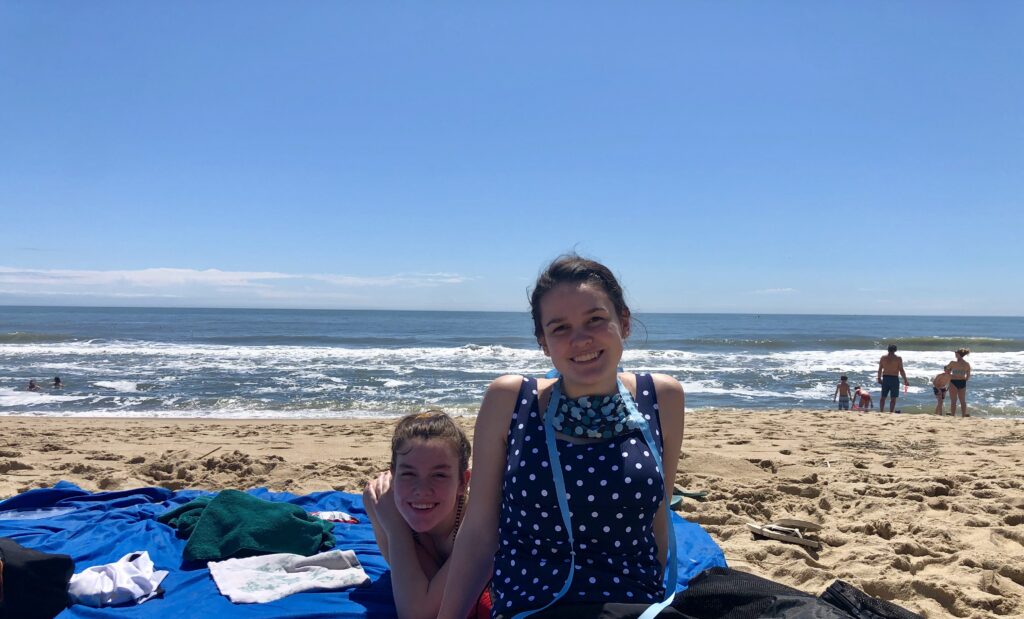
It may not have been the most socially responsible thing we’ve ever done, but I will say this: It’s really easy to take a two-dimensional photo from an angle that gives the impression of 80 billion people stacked on top of each other at the beach.
Such pictures regularly run in the Washington Post[1] above captions along the lines of, “Local idiots defy distancing protocols during public health crisis.” But the reality—at least between 9 a.m. and 1 p.m. when we were actually there—is that there’s a lot of space to spread out on the beach—even on the boardwalk—even when lots and lots of people are there—and it really seems like one of the easiest public places to stay six feet (or even two meters) away from other people.
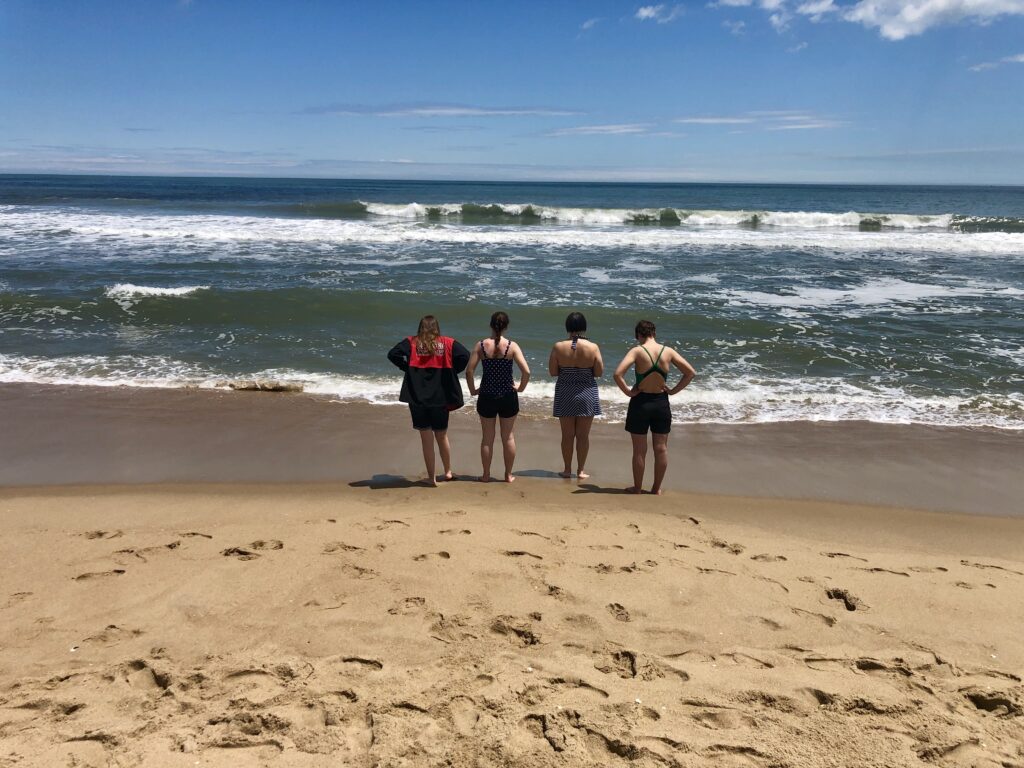
It might help if we were a little clearer on what the distance should be. It was all I could do not to deface the signs all over Ocean City (and elsewhere) telling people to stay “6 feet or 2 meters” apart, as if those are two different ways of saying the same thing.
I get that we’re Americans and don’t regularly communicate in metric, but “6 feet” and “2 meters” are not even materially the same thing. If you don’t understand the difference, perhaps I can help. Chances are you know many, many people who are more than six feet tall. A six-foot person is noticeably shorter than I. But unless you run around with NBA or high-level men’s college basketball players, you probably know hardly anyone who is more than two meters tall. (LeBron James is more than two meters tall, but Michael Jordan isn’t, and I’m guessing you don’t know either of them.) I appear short next to a two-meter person. And if you know such a person, the first adjective you use to describe him physically—regardless of what he looks like—is tall (or some variant).
It’s comforting to know that virus-laden droplets are incapable of traveling more than such conveniently expressed distances. I only wish someone could tell me what the right distance is.
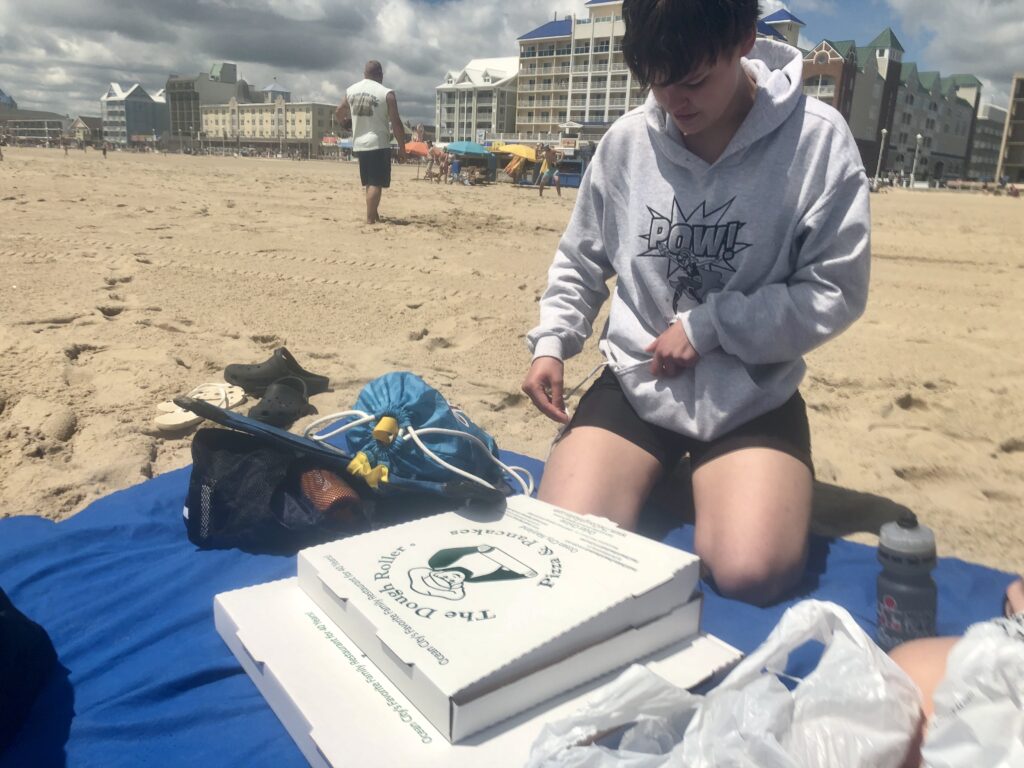
Because of a recent change in the way Utah’s Division of Occupational and Professional Licensing treats recent Bachelor of Science in Nursing (BSN) graduates, Hannah is now provisionally a BSN-RN even though she has not yet taken the NCLEX licensing exam for RNs. (I gather this is because something close to 100 percent of BSNs pass the RN exam.) She has three months to do so and has registered to take it sometime in June in Colorado Springs. The road trip is necessary because all of Utah’s exam seats are full until September, which would be too late. The new credential means that Hannah is now making, as she puts it, “big-girl money” (though I’m not sure she’ll ever be off my cell phone plan). She also has the rare good fortune of genuinely loving her work.
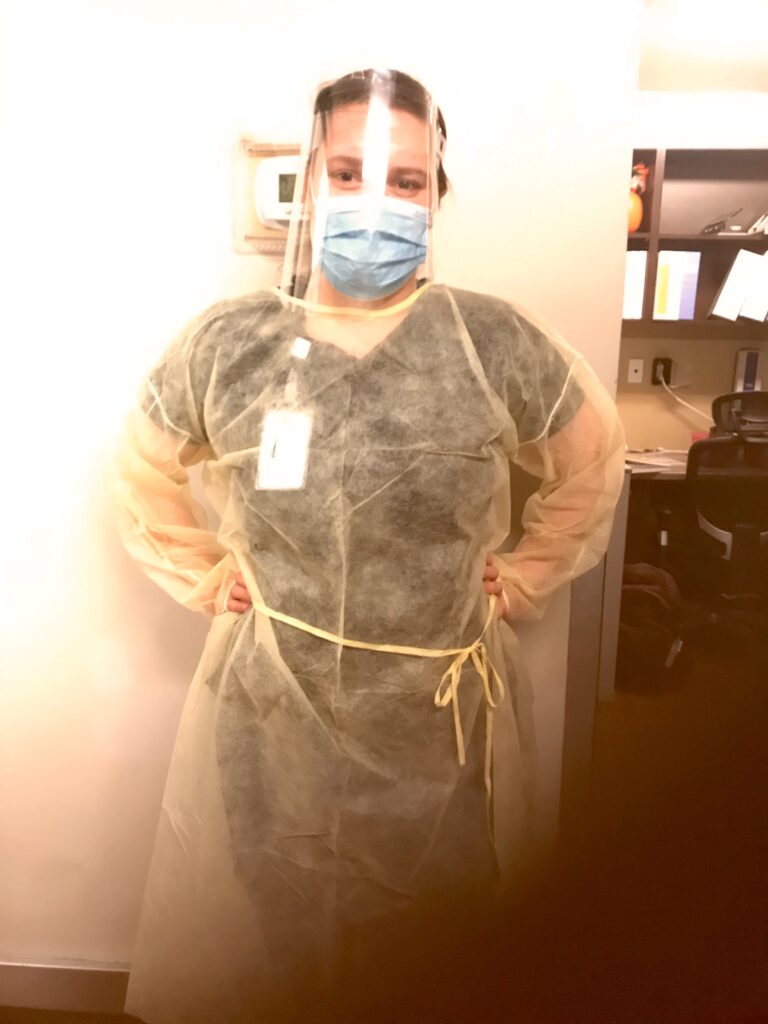
Crystal’s fourth year teaching seminary ended on the Friday before Memorial Day. The final Zoom class was a party where everyone ate food that Crystal, Sophie and Grace had delivered to each student the day before.
A week earlier, the stake president had informed Crystal that this year of seminary teaching would be her last and asked her to be our stake’s communications director (a church position that until the most recent Handbook iteration was known as the “public affairs director”). She’s sad to lose her seminary students but had also been hoping to do something a little more outward facing. This is certainly that and she’ll be great. In her new capacity, she is our stake’s primary liaison to the people planning the temple open house. The optimists in charge of that event are still planning on having it go off in September as scheduled. I don’t see any way that happens, but we’re religious people who believe in a God of miracles. And I’ve been wrong before.
Thus ends Crystal’s adventure in that most curious of all church positions—seminary teacher. A job that in the Church’s Intermountain bubble is performed predominantly by men who are paid to do it and everywhere else in the world is performed predominantly by women who do it for free. Men outside the Intermountain Region do it for free, too (I did it from 2003 to 2006) but it’s mostly moms. Most of them love it, but it’s constant, relentless work. (I went directly from seminary teacher to bishop and didn’t notice much change in the time commitment. But I also wasn’t a very good bishop, so…)
The Friday before Memorial Day was also Sophie’s last day of high school. (Grace and other non-seniors still have a couple more weeks.) That Friday was also Montgomery College’s virtual commencement ceremony.

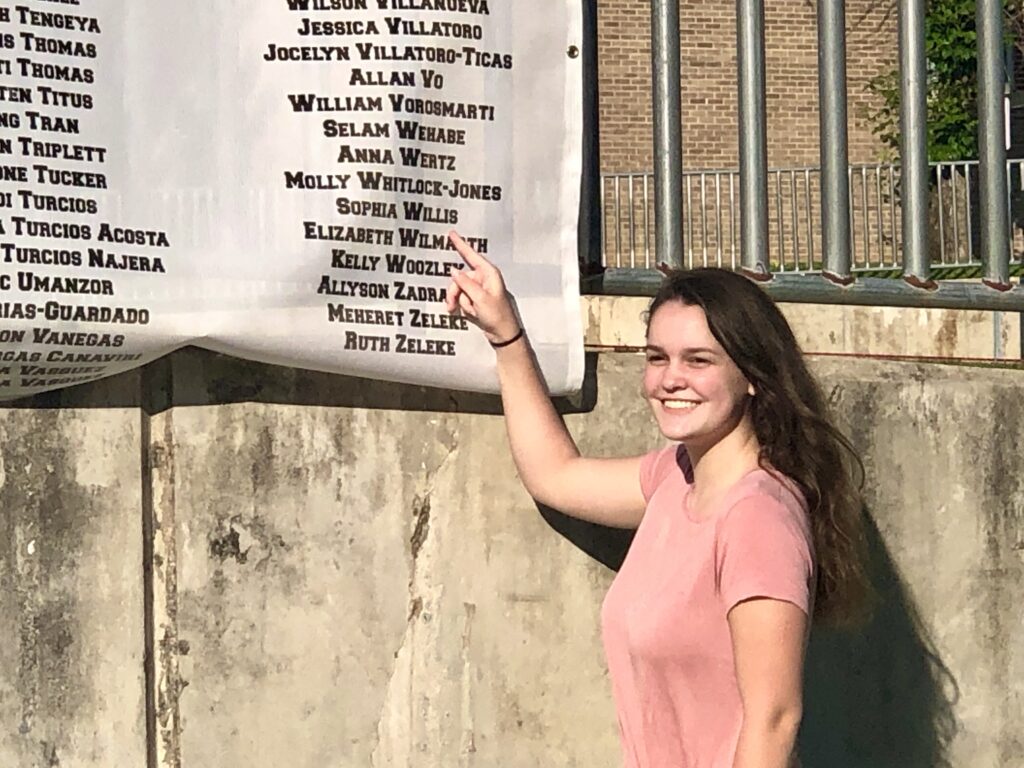
The ceremony was lovely and got me to thinking that all future commencement ceremonies should be virtual. The reading of all the names didn’t take nearly as long—in part because you didn’t have to endure the pockets of idiots cheering after each name despite explicit instructions to the contrary, but also because you didn’t have to wait for people to walk across the stage. More important, the speaker lineup included people of actual consequence, none of whom went for more than 3 or 4 minutes.
This is consistent with my theory that featured speakers tend to vary the length of their remarks proportionately with the inconvenience associated with attending the meeting. In-person commencement speakers seem to work under the assumption that “you had to drive all the way downtown, pay $35 to park, and then walk six blocks in oppressive June heat and humidity to come to this thing. And so I’m going to make it worth your while by talking for a really long time.” Visiting authorities at stake conference, who routinely go for 45 minutes or more, seem to apply the same logic. I’ll never understand it.
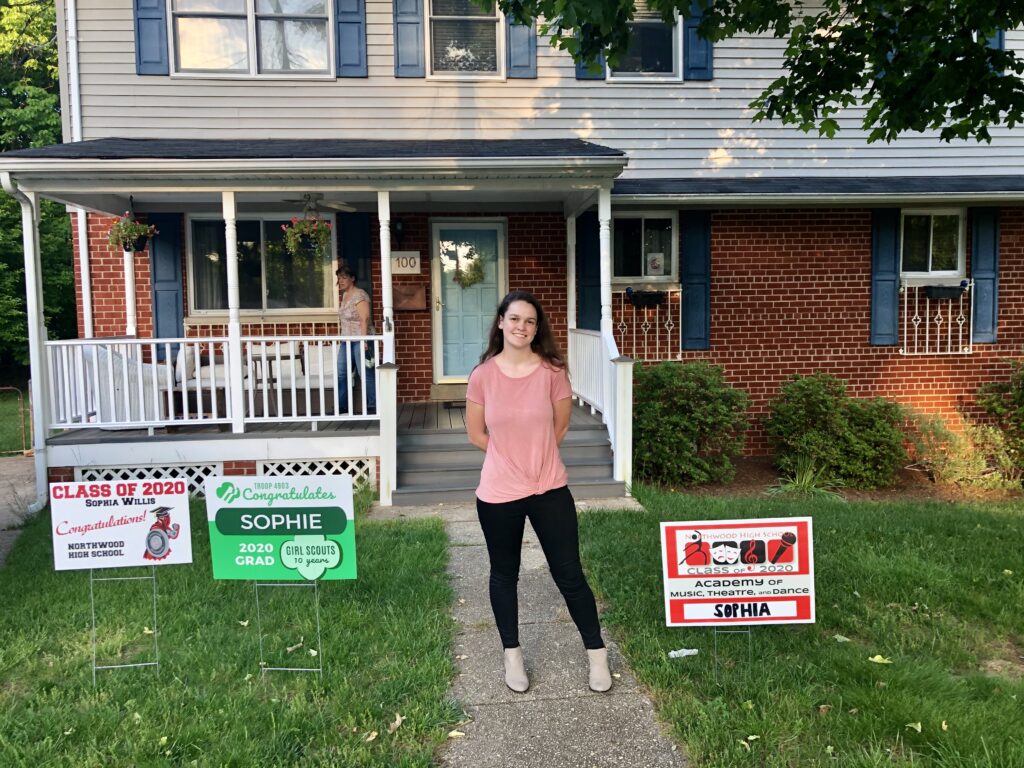
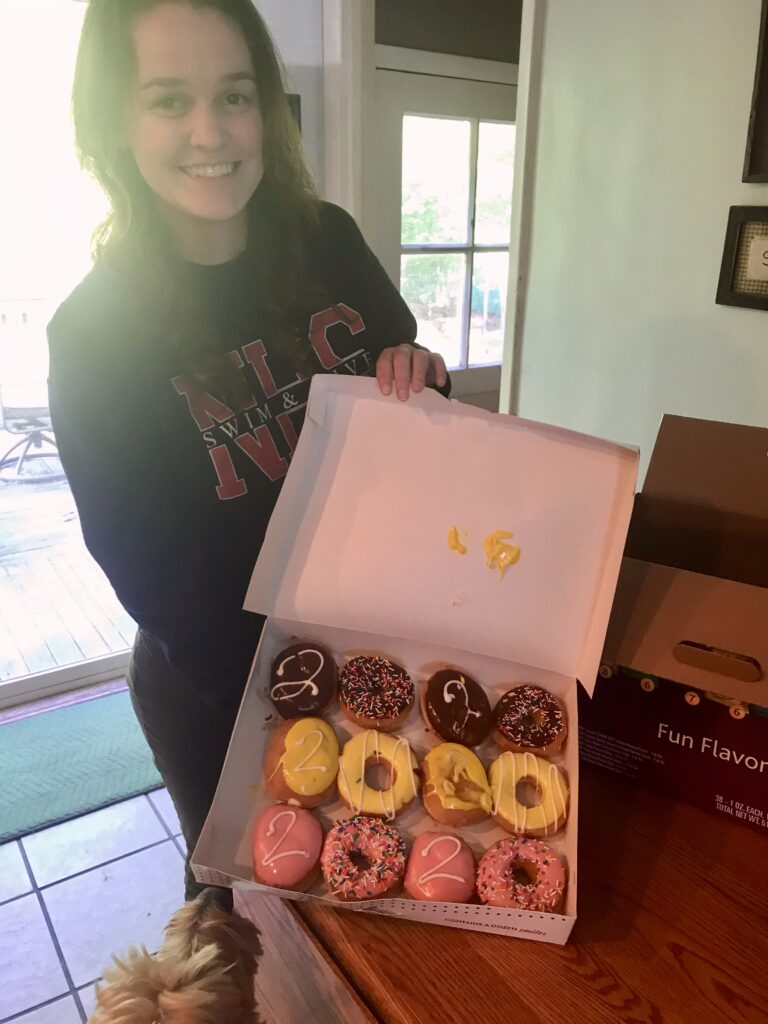
But because the commencement was virtual, instead of one long, boring speech, we got quick, crisp messages from two of Montgomery County’s three U.S. Congressmen and both of Maryland’s U.S. Senators. They were great. (Seeing them in succession also caused me to notice for the first time that our diverse, progressive county is represented on Capitol Hill by five white dudes. How on earth did that happen?)
Having now graduated from community college, Sophie will attend virtual high school commencement ceremonies this coming Sunday and the following Thursday. I can’t believe I’m saying this, but I’m actually kind of looking forward to them.
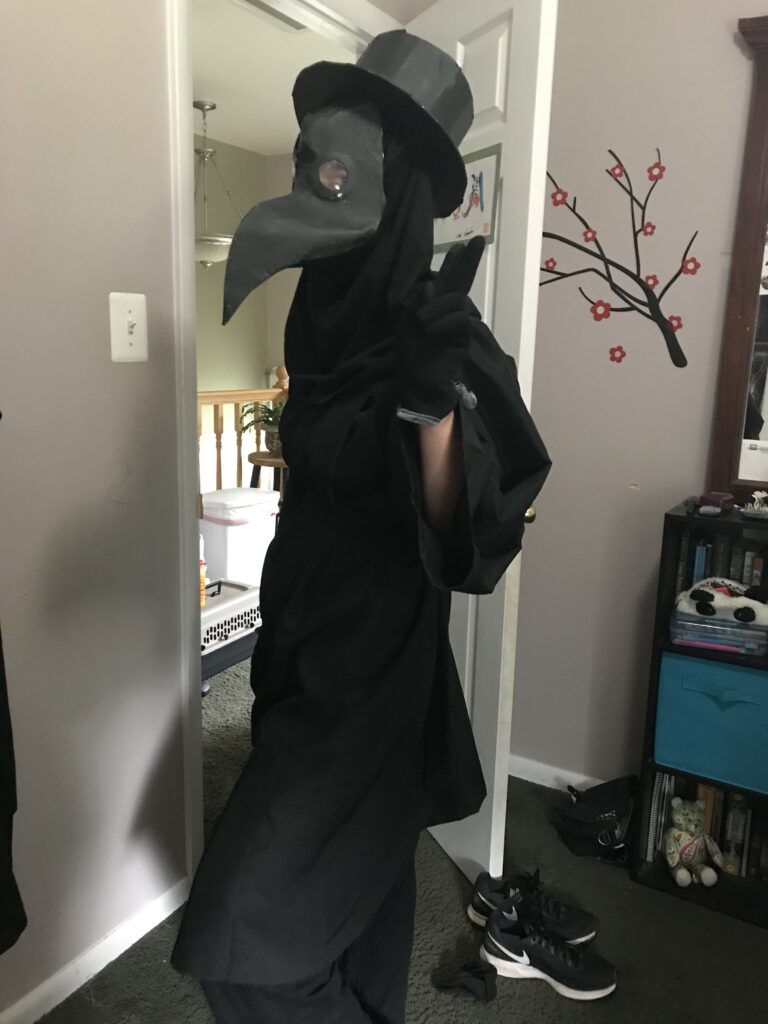
In other news, Lucy is taking this whole mask thing to an absurd level (see photo) and we’ve had black bear sightings reported in the neighborhood. I haven’t seen any bears, but I’m seeing a lot more foxes than usual, so that’s pretty awesome.
Hope you’re holding up as well as we are.
Love,
Tim
[1] In addition to the Journal, I also subscribe to the Washington Post and the New York Times. Together the Post and the Times cost less than my WSJ subscription. You get what you pay for.
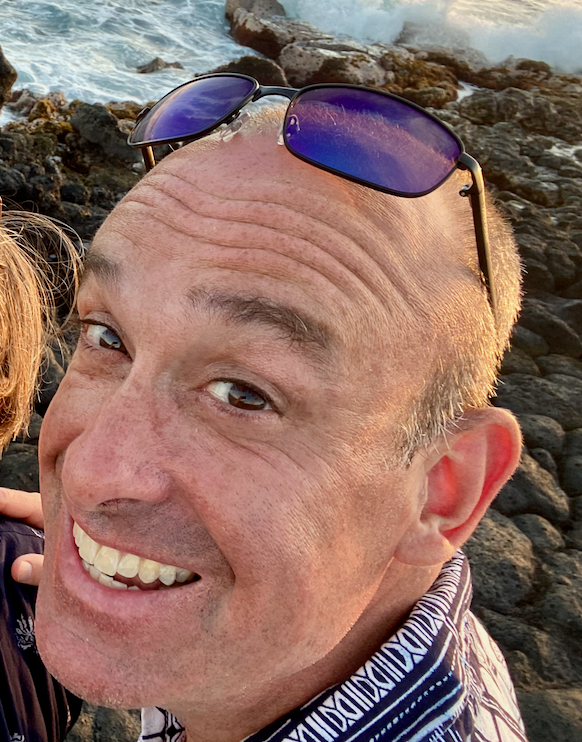
Managing Editor of The Famlet Monthly
